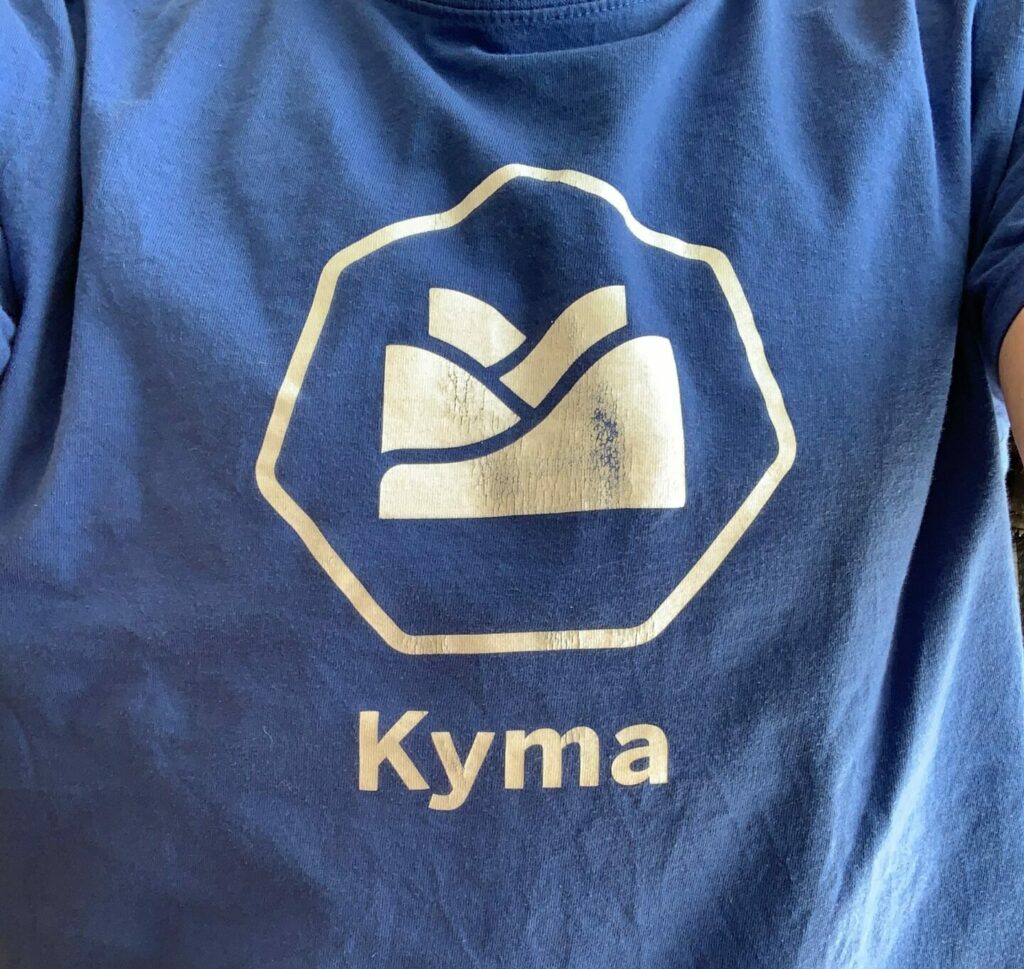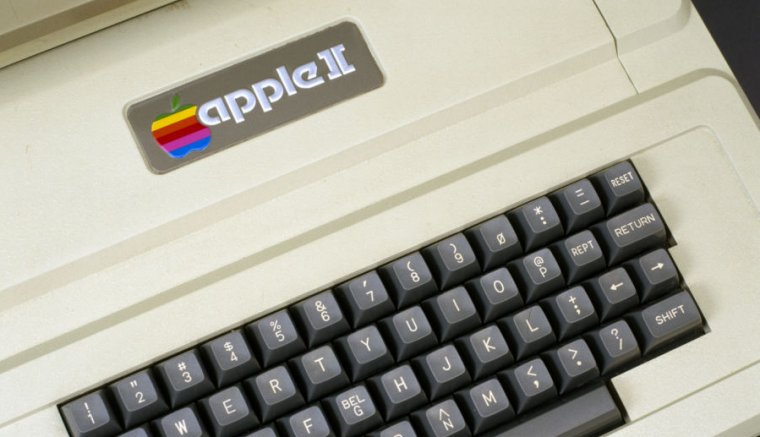Just read a blog that made quite an argument against the education of coding. The core argument cited Henry Ford with hist famous saying, if he had listened to his customers, he should have built a faster horse. The derivation in this argument is, that with everybody able to code we, as an economy, are continuing what we are doing, only faster, but in reality need a car.
However, the derivation is based on the assumption code was for apps alone. Using Henry Fords citation as an argument against learning to code, is like saying “Education in engineering is wrong because it will just produce more engineers doing their engineering thing”.
While it is true, not everybody needs to be an software engineer, not everybody needs to be a mechanical engineer, either. Still everybody today taking a drivers test (in Germany, [1]) will have to be prepared to answer fundamential technical questions. These include questions for tires, lighting, breaks, steering, liquids and liquid levels, as well as the meaning of indicator lights. It makes using a car more convenient for the consumer, just as it makes driving a lot safer for the rest of all road users.
Today, all work disciplines are confronted with computers in one or another way. Code is the integral ingrediant that makes them work. In computer engineering, there are different levels of code, that are more or less abstract to the bare machines. Just above machine language, patterns emerge that repeat all across all applications one can think of. May it be loops, conditions, basic algorithms to bother the comparison once again, are the equivalent basics of steering, liquids and breaks.
A basic understanding of how these machines work should be as fundamential as the ability to read, write and math, without which the car wouldn’t exist. It will allow us as an economy to built the next “car”.
(more…)







